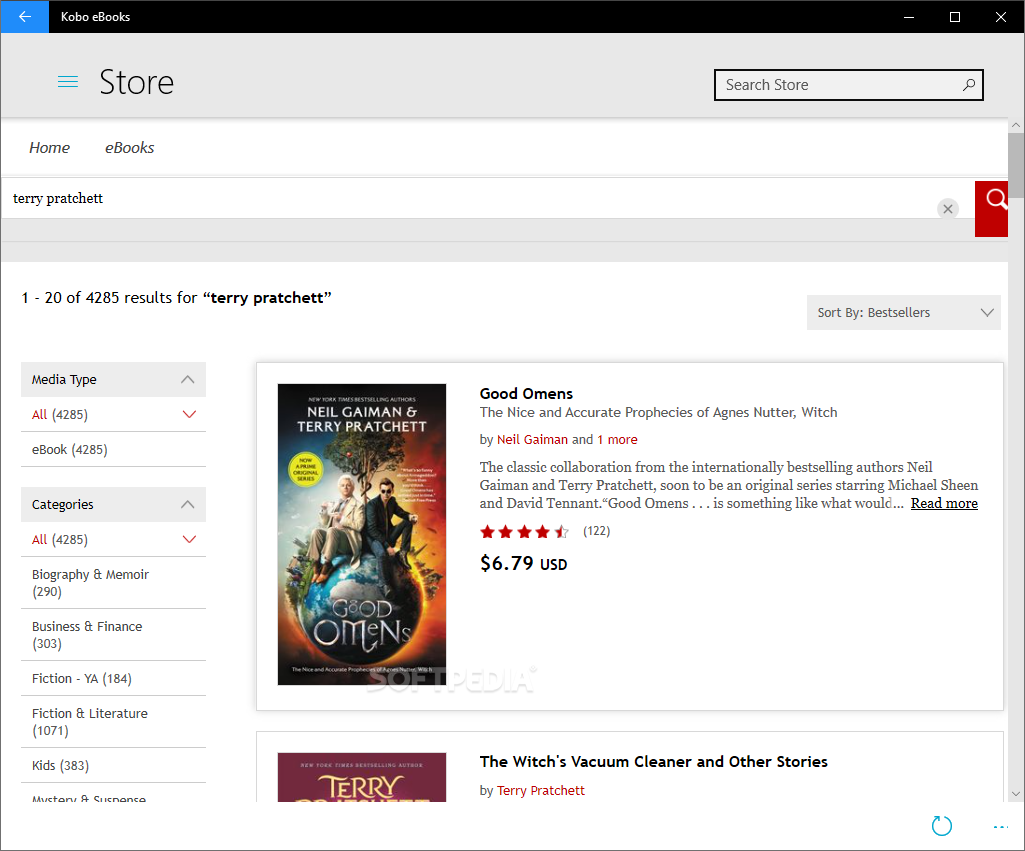

The Carta 1200 technology, used in Amazon's latest Kindles and Kobo's Libra 2, has noticeably faster page turns and a bit better contrast than even the previous 300ppi Carta displays. E Ink also keeps improving its screens' contrast and refresh rate. Some older Kindles use 167ppi displays that look rough and jaggy compared with the 300ppi displays on most new ebook readers. Screen resolutions and quality also vary. I've found that you start to have balance issues with one-handed reading when a model goes above 7 inches. The Amazon Kindle Paperwhite and Kobo Libra 2 have 7-inch displays, the Kindle Scribe has a 10.2-inch screen, and Onyx sells larger-format models up to 13.3 inches. Most E Ink readers were 6 inches for many years, but the panel sizes are slowly growing. In all cases, E Ink is much easier to read in bright sunlight, while color touch screens on tablets tend to wash out, and their glossy displays can show distracting reflections. On the lowest settings, you can read in the dark while your partner sleeps peacefully next to you. With each model, you can vary the intensity of the brightness from barely there to flashlight-bright.

But most ebook readers now include edge lighting that lets you see in the dark. On the least expensive models, it's not backlit, so you'll need light to see the text, just as you would with a printed book. E Ink, or digital ink (often manufactured by the E Ink company), looks a lot like paper, and it's easy on your eyes when reading for long periods. Basic ebook readers use monochrome E Ink screens to display text.


 0 kommentar(er)
0 kommentar(er)
